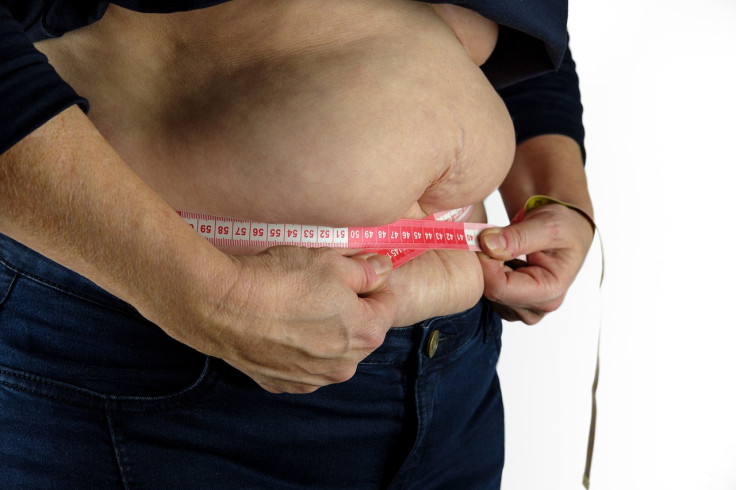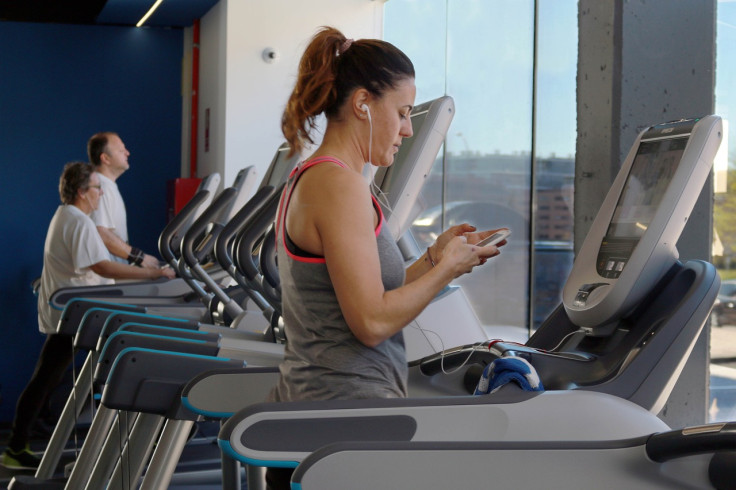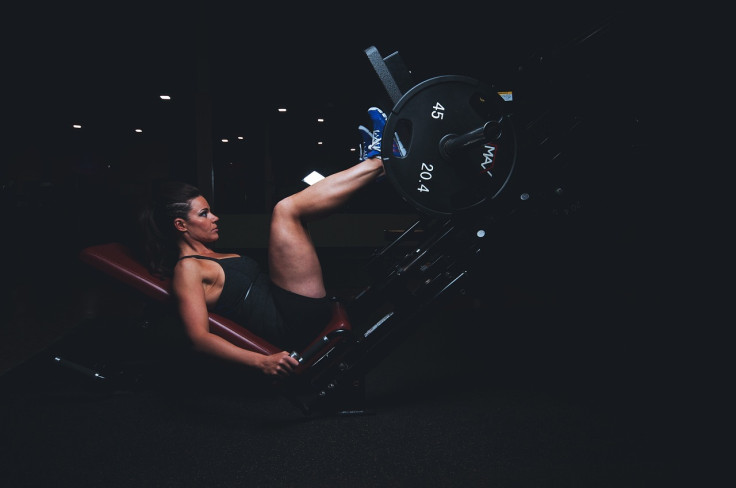Top 10 Myths About Fitness 2024: Jumpstart Your Health Journey

There are several myths and misconceptions surrounding fitness that can influence people's behaviors and choices. Oftentimes, these myths become hindrances that prevent people from attaining the kind of fitness that they desire. Here are the top 10 myths about fitness in 2024 that you must know. If not for anything, just to make sure your fitness journey in the new year is effective and efficient.
10. Fitness is Only About Appearance
The belief that fitness is only about appearance is a common misconception. While physical appearance may be one aspect of fitness, it represents just a fraction of the broader spectrum of health and well-being. True fitness involves holistic health, which encompasses physical, mental, and emotional well-being. It goes beyond aesthetics to include cardiovascular health, muscular strength, flexibility, balance, and overall functionality. So this is a top myth about fitness that you should jettison in 2024.
Fitness is not just about looking good; it's about having the strength, endurance, and flexibility to perform daily activities and engage in various physical pursuits. Functional fitness enhances the quality of life and supports independence.
In addition, regular physical activity is linked to improved mental health. Exercise has been shown to reduce symptoms of stress, anxiety, and depression, and it can contribute to better cognitive function and mood.
9. You Can't Exercise If You're Sick

The notion that you can't exercise if you're sick is a fitness myth that needs clarification. In general, whether or not you should exercise when you're sick depends on the severity and nature of your illness.
For mild symptoms such as a common cold, mild congestion, or a slight sore throat, light to moderate exercise may be acceptable. Listen to your body, and if you feel up to it, low-intensity activities like walking or gentle yoga may be beneficial. Non-exercising simply because you're sick is one of those top 10 myths about fitness.
If you have moderate symptoms such as a fever, body aches, fatigue, or moderate respiratory symptoms, it's advisable to rest and allow your body to recover. Intense exercise can further stress your immune system and may hinder the healing process.
High-intensity exercise, especially with a high fever, is not recommended. Exercising with a fever can raise your body temperature even further and potentially worsen symptoms.
8. Weight is the Best Indicator of Fitness
Weight is the best indicator of fitness is another one of those top 10 myths about fitness. While body weight can be a relevant factor in assessing health, it does not provide a complete picture of an individual's overall fitness or well-being.
Body weight alone does not differentiate between muscle, fat, bone, and other tissues. Two individuals with the same weight can have different body compositions, with one having a higher percentage of muscle and the other a higher percentage of body fat.
Muscle is denser than fat, meaning that a pound of muscle takes up less space than a pound of fat. As individuals engage in strength training or other forms of exercise, they may build muscle while losing fat, leading to positive changes in body composition without significant changes in weight.
The distribution of weight across the body matters also. For example, abdominal fat is associated with a higher risk of certain health conditions, even in individuals with a normal overall weight.
7. Longer Workouts are Better

Thinking that longer workouts are always better is also one of the top 10 myths about fitness that can lead to overtraining and burnout as you start on your 2024 fitness journey. While exercise is essential for overall health, the duration of a workout is not the sole determinant of its effectiveness.
The quality of your workout is more important than its duration. Shorter, more focused workouts that include a mix of cardiovascular exercise, strength training, and flexibility work can be highly effective.
Extended and intense workouts without adequate rest can lead to overtraining. Overtraining may result in fatigue, decreased performance, increased injury risk, and negative effects on mental well-being.
The ideal workout duration varies among individuals based on fitness levels, goals, and overall health. What works for one person may not be suitable for another.
6. You Can Out-Exercise a Bad Diet
No. No. No! If you think that you can out-exercise a bad diet, then you are a believer in another one of the top 10 myths about fitness. This myth can mislead individuals about the importance of nutrition in achieving and maintaining a healthy weight. While exercise is crucial for overall health, it cannot compensate for poor dietary choices. Here are several reasons why the "you can out-exercise a bad diet" myth is misleading:
Weight management is largely influenced by the balance between the calories consumed through food and the calories expended through physical activity. Consuming excessive calories, especially from unhealthy sources, can easily outweigh the benefits of exercise.
The quality of the calories consumed matters. A diet high in processed foods, sugars, and unhealthy fats can contribute to various health issues, regardless of the amount of exercise performed.
Nutrient-dense foods play a crucial role in supporting metabolism and overall well-being. A diet lacking in essential nutrients can negatively affect metabolism and energy levels.
5. No Pain, No Gain -- Stands Even In 2024!
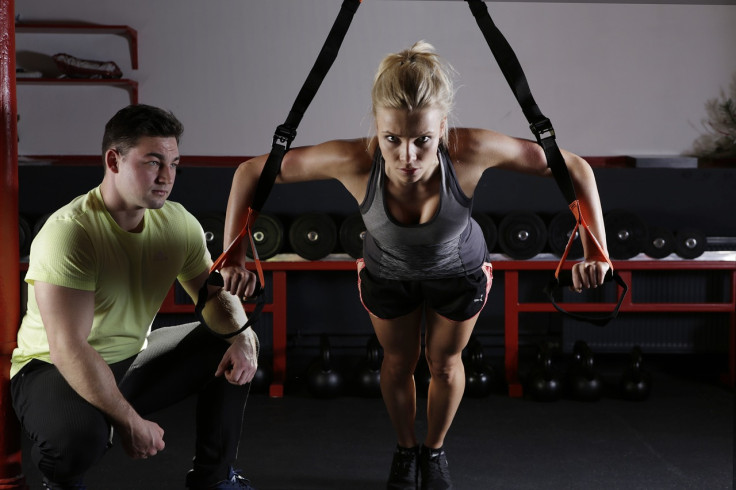
The "No Pain, No Gain" fitness mantra suggests that unless you experience pain during or after a workout, you're not pushing yourself hard enough, and you won't see progress. While it's true that challenging workouts can lead to muscle soreness and discomfort, the idea that pain is necessary for fitness gains is a myth and can be harmful.
It's crucial to distinguish between the discomfort associated with a challenging workout and actual pain that may indicate an injury. Pushing through severe pain can lead to further damage and hinder recovery.
Consistently working out to the point of pain or exhaustion without adequate rest and recovery can lead to overtraining. Overtraining may result in fatigue, decreased performance, increased injury risk, and negatively impact overall well-being.
4. Women Will Get Bulky from Weightlifting
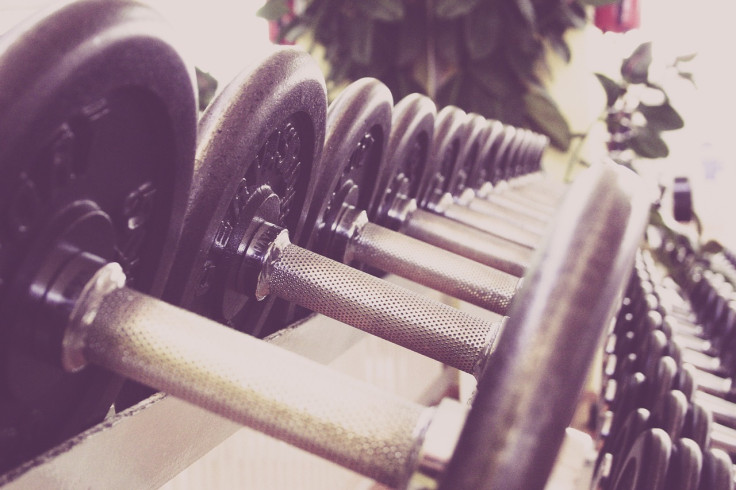
If you think women will get bulky from weightlifting, then better think again. It is one of the top 10 myths about fitness that has discouraged many women from incorporating strength training into their fitness routines. In reality, women generally do not have the hormonal profile needed to develop large, bulky muscles like men.
Testosterone is a key hormone that plays a significant role in muscle hypertrophy (muscle growth). Women have much lower levels of testosterone compared to men, which limits the potential for significant muscle mass gain.
Genetic factors also play a role in how individuals respond to strength training. Some people may naturally have a leaner or more muscular physique, but this is not solely determined by gender.
Women who participate in bodybuilding competitions and have a very muscular appearance often follow specialized training programs, nutrition plans, and sometimes use supplements or hormones to achieve that level of muscularity. Regular strength training for overall health and fitness is unlikely to lead to excessive muscle bulk. This is definitely a top 10 fitness myth that should not be carried into 2024.
3. More Sweat Means More Fat Burned
"More sweat equates to more fat burned" is also a common fitness myth. While sweating is a natural physiological response to regulate body temperature, it is not a direct indicator of how many calories or how much fat the body is burning.
Sweating primarily results in the loss of water weight, not fat. When you sweat, your body loses fluids, and as a result, you may temporarily weigh less. However, this weight loss is not indicative of actual fat loss. Yes, you lose water, but the fitness myth remains!
The amount of sweat produced during exercise can vary based on factors such as temperature, humidity, and individual differences in hydration levels. Dehydration can lead to increased sweat production without a corresponding increase in fat burning.
The effectiveness of a workout in burning calories and fat depends on the intensity and duration, not necessarily the amount of sweat produced. High-intensity workouts, such as interval training or strength training, can be highly effective for fat loss without excessive sweating.
2. Cardio is the Best for Weight Loss
While cardiovascular exercise, such as running, cycling, or swimming, is effective for burning calories and improving cardiovascular health, it's not the sole determinant of weight loss. Weight loss is a complex process influenced by various factors, and a holistic approach is often more effective. The "cardio is the best for weight loss" is merely among the top 10 myths about fitness that is totally misleading.
While cardio burns calories during the activity, the overall caloric expenditure might not be as high as expected. Additionally, the body can adapt to cardio routines, leading to a plateau in calorie burning.
Strength training and high-intensity interval training (HIIT) can elevate your metabolism for hours after the workout, contributing to additional calorie burn compared to traditional steady-state cardio.
Strength training helps preserve and build lean muscle mass. More muscle means a higher resting metabolic rate, which can contribute to weight management.
Different forms of exercise influence hormones related to appetite and metabolism. Strength training, for example, may have positive effects on hormones that regulate body composition.
1. Spot Reduction - The Top 10 Fitness Myth in 2024
Spot reduction is a common fitness myth that suggests you can lose fat in a specific area of your body by targeting exercises for that area. For example, doing endless crunches with the hope of reducing belly fat or performing leg lifts to eliminate thigh fat. The concept implies that by working a particular muscle group, you can selectively burn the fat around that area.
This is such a common misperception that we decided to make it our top 10 myth on fitness in 2024.
The truth is that spot reduction is not supported by scientific evidence. When you lose weight or burn fat, your body doesn't selectively choose where to lose it based on the muscles you're working. Fat loss occurs throughout the body in a more systemic way, influenced by factors such as genetics, hormones, and overall calorie balance.
Clear Your Mind of These Top 10 Myths About Fitness
Now that you have seen what these 10 myths are, it is best that you get rid of these beliefs from your system. It is the only way that you would be able to choose the right and the holistic approach to fitness and proper weight loss.
This is probably the best time to cleanse yourself of these fitness myths: you can start your fitness journey in 2024 without all that baggage that has been dragging you down.
© Copyright IBTimes 2024. All rights reserved.




